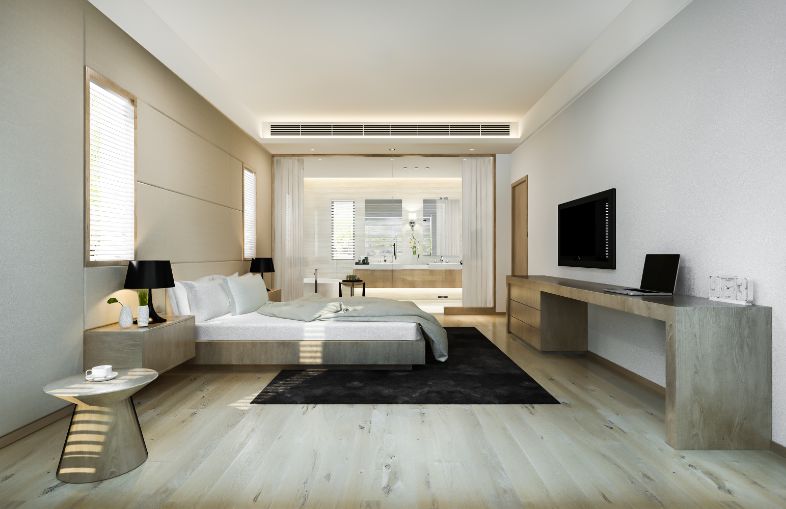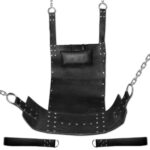Introduction: Understanding False Ceilings
False ceilings, also known as dropped or suspended ceilings, are popular in both residential and commercial spaces. They serve various purposes, from enhancing aesthetics to providing better insulation. But one of the most critical factors in any ceiling installation project is time. So, what is the fastest false ceiling material to install?
What Is a False Ceiling?
Definition
A false ceiling is a secondary ceiling installed below the main ceiling of a room. It hides electrical wires, ducts, and pipes while also improving the room’s appearance.
Purpose of Installing False Ceilings
False ceilings aren’t just decorative; they also serve practical functions such as soundproofing, insulation, and concealing unsightly wires and pipes.
Types of False Ceiling Materials
Gypsum
Gypsum board ceilings are lightweight and easy to install, making them one of the most popular choices for modern interiors.
PVC (Polyvinyl Chloride)
PVC panels are water-resistant, lightweight, and quick to install. They are commonly used in kitchens and bathrooms due to their durability.
Metal (Aluminum and Steel)
Metal ceilings, particularly aluminum, are strong and fast to install. They are highly durable and often used in commercial spaces.
POP (Plaster of Paris)
POP ceilings are known for their smooth finish but take longer to install compared to other materials like gypsum and PVC.
Wooden False Ceilings
Wooden ceilings add warmth and elegance but tend to take longer to install due to the need for precision.
False ceiling contractors in dubai
Why Speed Matters in False Ceiling Installation
Time Constraints in Construction Projects
In many construction projects, time is a critical factor. Whether you’re renovating a home or finishing a large office space, faster installation means less downtime and lower costs.
Labor Costs and Efficiency
The longer it takes to install a ceiling, the more you pay for labor. Choosing a material that’s quick to install can significantly cut labor costs.
Fastest False Ceiling Materials to Install
Gypsum Board False Ceilings
Gypsum boards are pre-fabricated, making installation a breeze. The boards are simply cut to size and fastened to a metal framework, which reduces the overall installation time.
- Pros: Lightweight, easy to cut, smooth finish.
- Cons: Not water-resistant, prone to damage if exposed to moisture.
PVC False Ceilings
PVC panels are designed for fast installation. Their lightweight nature and easy locking mechanism make them a top choice for areas where speed is essential.
- Pros: Water-resistant, durable, quick to install.
- Cons: Limited design options, not as elegant as other materials.
Metal False Ceilings
Metal ceilings, especially aluminum, are fast to install due to their modular nature. These panels are often pre-fabricated and only need to be fixed to a frame.
- Pros: Durable, lightweight, and fire-resistant.
- Cons: Higher material cost, less common in residential homes.
Factors That Influence Installation Time
Several factors can impact the time it takes to install a false ceiling, including the size of the area, the tools required, and the experience level of the installers. Pre-fabricated materials like gypsum and PVC tend to speed up the process.
Gypsum False Ceiling: Speed and Versatility
Gypsum boards are not only fast to install but also versatile. They can be molded into various designs and shapes, offering both speed and aesthetics. Typically, it takes about one to two days to install a gypsum ceiling in a standard-sized room.







